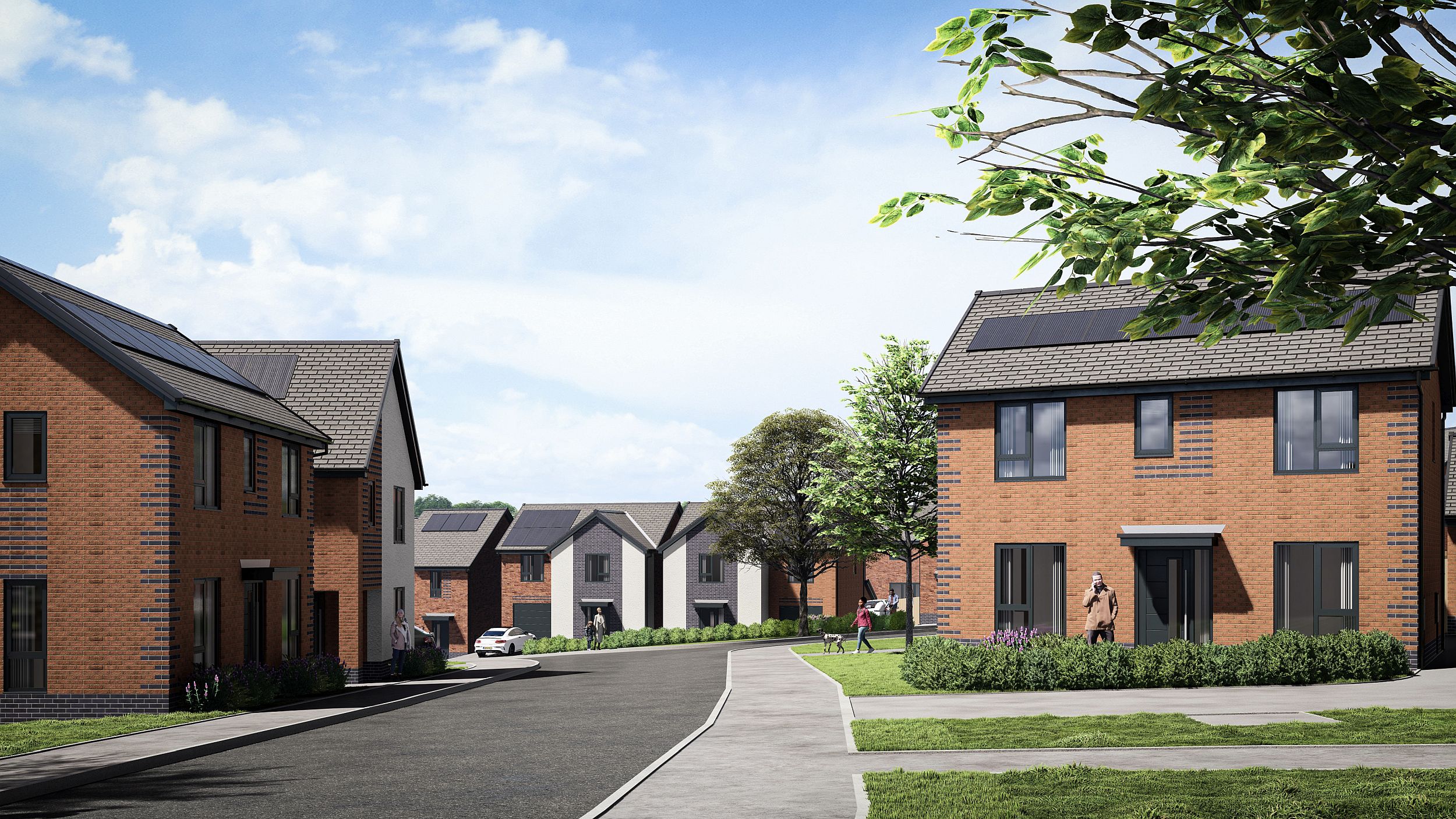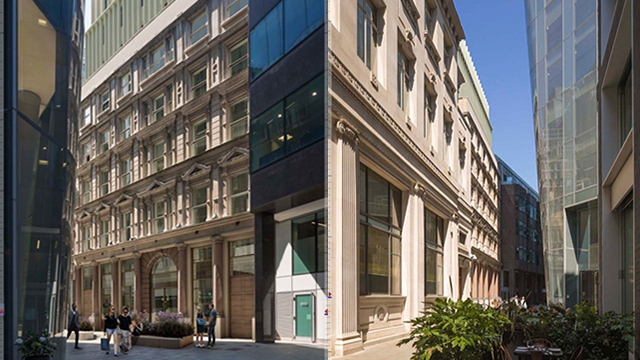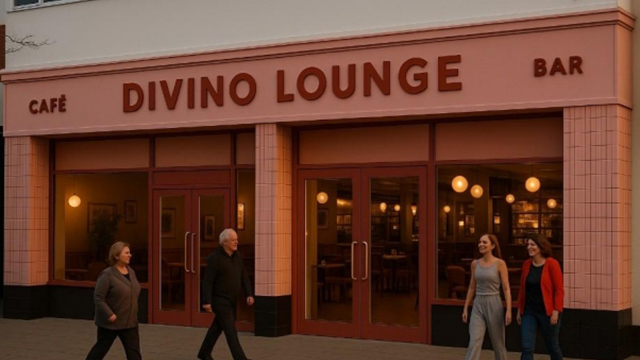COMMENT: These are unprecedented times for both the real estate sector and the broader economy. The hatches have been battened down as people grapple with the impact of Covid-19 and where real estate will fit into the new normal.
Some things won’t change. Knight Frank recently published its 14th Wealth Report, and London, despite being at the epicentre of three years of Brexit uncertainty, continued its duopoly at the top of the rankings, alongside New York, as the best city in which to live.
Knight Frank’s Attitudes Survey found that 28% of clients’ funds were allocated to property as an investment, outstripping equities (23%) and fixed income (17%). And according to RCA data, private investment in commercial real estate climbed to a record $333bn (£272bn) in the 12 months to Q4 2019.
Different due diligence
At Investec, we don’t believe in “new paradigms” or people saying “it’s different this time”. The fundamentals of property lending in the UK rarely change, and I was hugely encouraged, yet unsurprised, by these findings.
We recently announced that the Structured Property Finance team would have two divisions, one focused on our corporate lending platform and the other dedicated to private client lending.
Who is this private client? We are active lenders, backing clients who are looking for support in growing their portfolios. Clients come to us with value-add ideas and look to us to help them achieve their goals and avoid a plateauing of ambition.
And how are we tailoring this proposition? The client/lender relationship remains crucial. We still look for clients with a proven track record, sufficient capital to meet their obligations and integrity. At the private client level this requires a different type of due diligence.
The level of sophistication and knowledge of private investors is often equivalent to that of institutions. This has underpinned a push to invest in local market dynamics, not just top-level, countrywide themes. Nothing, however, can replace a through-the-cycle understanding of how individual submarkets respond to different pressure points.
Our current focus is on supporting clients with some of the unexpected challenges thrown up by coronavirus, as building sites may be forced to close or tenants are unable to pay their rent.
However, as borrowers and lenders resurface in the coming months, understanding this risk will be vital to the borrower/bank relationship. Lending is simply investing at a lower risk/return than the client’s equity. However, there is always a risk, and that risk should be treated with respect.
New criteria
Elsewhere, as the research led by my colleague Mark Bladon revealed in 2019, investment into the “beds for rent” sector is firmly trending upwards. Unsurprisingly, private capital is following. Well-diversified income – which is repeatable, if short-term – delivers a revenue stream that will weather a downturn.
There is a growing realisation that Covid-19 and its impact will accelerate the climate change agenda. Some 45% of Wealth Report respondents believe investors are becoming increasingly concerned about the impact the buildings they invest in are having on the wider environment. Every lending decision we make in the future will be underpinned by an extra set of criteria.
Since the global financial crisis, clearing banks have been limited in their exposure to commercial real estate directly, and one effect of coronavirus looks likely to be real estate lending falling down these lenders’ priority list.
While this unprecedented global event is likely to permanently change the way we live and work, we expect private client portfolios to continue seeking ever greater exposure to real estate, underpinned by a low-yield environment and structural demographic shifts, supporting both income and capital growth.
William Scoular is head of private client lending at Investec Structured Property Finance











